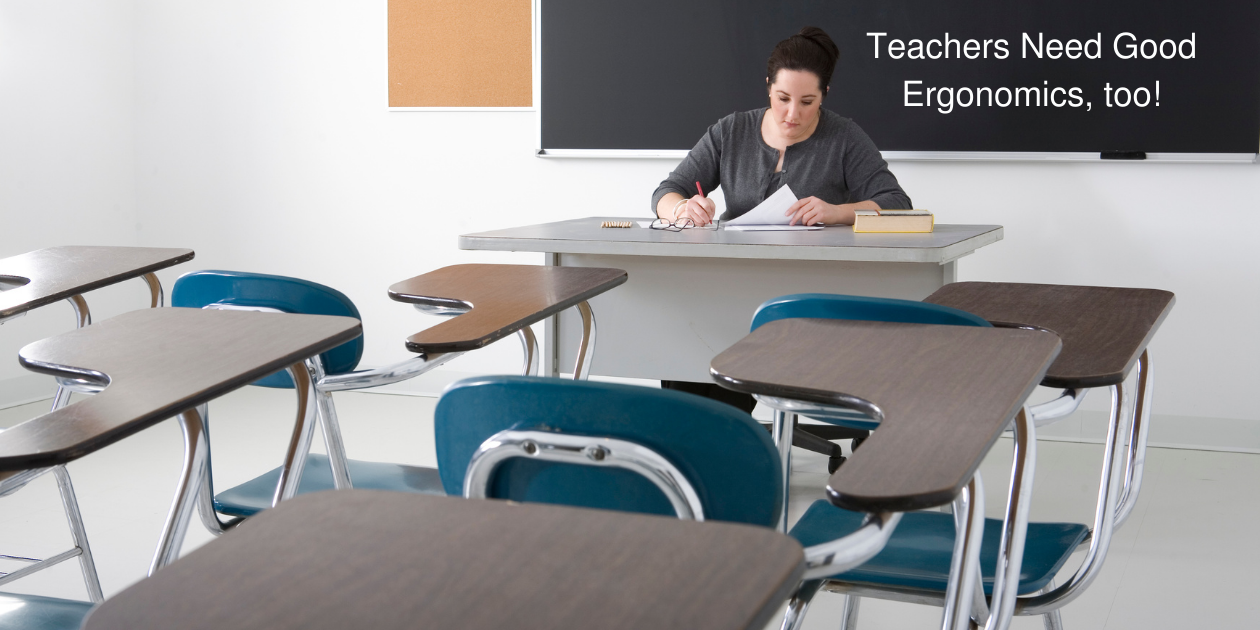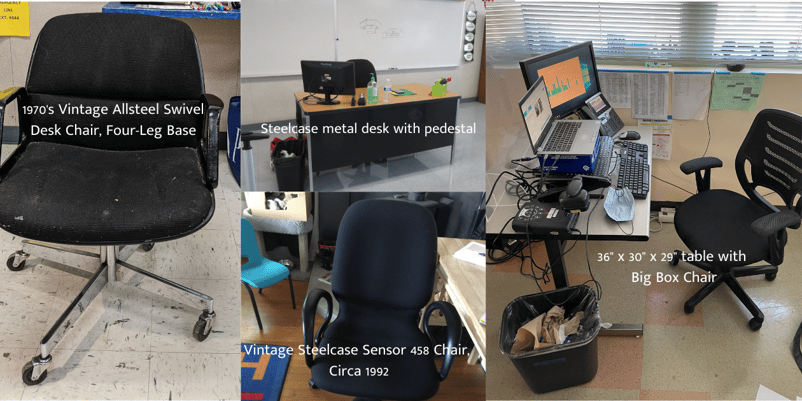 Teacher Retention Essential for this School Year
Teacher Retention Essential for this School Year
The return to in-person learning, mask debates, increased gun violence and political arguments over what can and can’t be taught have all played a role in teacher retention.
And these pressures are putting a strain on teachers that are already burnt out from the staff shortages, especially in math, science, special education, and early childhood education.
An ongoing teacher shortage across the United States is forcing officials to act quickly to produce solutions before the start of the 2022-2023 school year.
Once such solution stems from understanding the types of claims and injuries teachers experience.
Common Teacher Injuries
Prior to the pandemic, one of the most common types of injuries that lead teachers to file workers' compensation claims are repetitive strain injuries. These injuries are the result of prolonged standing, writing on a whiteboard, grading papers, typing on the computer.
In addition, teachers have heavy workloads with little time to prepare for classes. They must deal with challenging students, lack of resources, and other pressures brought on by the pandemic.
The combination of exposure to ergonomic risk factors (primary and secondary) over an extended period leads to injury and ultimately workers' compensation claims. Over the last year, I've seen a steady rise in teacher claims as a result of the need to teach from home and the classroom as the pandemic has wound down. Hybrid online and in the classroom is like the hybrid office and a popular solution this past school year
Teacher shortages are just the tip of the iceberg, and it is going to get worse before it gets better.
Today's Classroom Requires 21st Century Ergonomics
Now, with teachers and students returning to the classroom once again, many must resume teaching both in person and online, using a hybrid model. As the pandemic continues in many parts of the country, many districts are staggering children between school and home. This creates a major technology challenge for teachers who must simultaneously teach live and with students remotely.
The classroom is the teacher's office. But it is woefully unprepared for today's style of teaching demands and the technology that goes with it. K-12 schools across America offer a poor workplace when considering the classroom set up as it lacks fundamental ergonomic equipment to allow for the demands of teaching today.
The problem is the classroom is not an office, yet it now has many of the same tools and demands of the office. Schools offer no ergonomics in the classroom. The desk and even the chair teachers used twenty, thirty and in some cases, even forty years ago is still in the same classroom or school being used today. Only now it is decades old and woefully inadequate, even unsafe to support the intensive teaching styles that no longer rely on pen, paper, chalkboards and binders.
The reality in the classroom is far from what today's 21st century office provides.
- There are no quality ergonomic chairs for adjustment and support.
- There are no sit to stand desks.
- There are no monitors mounted on monitor arms or laptops elevated on risers.
- There are no wireless keyboards and mice.
- Laptops are old and slow in many cases with very limited internet speeds.
Hybrid Learning Creates Work-Design Conflict
To teach live requires standing at the white or blackboard and moving about the classroom; while teaching remotely is usually done while seated at the desk in front of the laptop with Zoom on. This creates a significant postural conflict. One that can't be overcome with the furniture provided in classrooms currently.Fig. 1. Images of classroom furniture taken in 2021 in several school districts in Northern California.
None of these furnishings meet the recommended criteria suggested in this blog.
As a result, teachers are hurting all over. Their backs, their necks, their wrists and hands. The physical and mental stress of working remotely, or hybrid is much greater than ever. It was bad before the pandemic, but the pandemic has brought forward the inadequacies of the classroom (design) as an office for the teacher.
Schools Need an Ergonomics Investment Plan
If teachers and students are to get back to teaching and learning in school post-pandemic, schools need an ergonomics investment plan to improve the ergonomics of the classroom. By doing so, teachers can teach effectively live or using a hybrid model.
Instead of the old, outdated furniture shown above, teachers need adjustable sit to stand workstations, multiple monitors mounted on monitor arms, appropriate laptop supports, electronic document readers, and wireless keyboard/mice along with adjustable and supportive ergonomic chairs.
In 2021, many states are slated to receive federal and state dollars for pandemic relief supplies. In California, the Prop 98 budget proposed by the governor set a new record of $85.8 billion. The budget proposed also commits an additional $2.3 billion in one-time money from the General-Fund in recognition of the additional costs schools face as they respond to the pandemic.
Teachers Need Good Ergonomics, Too
If federal and state monies are received for pandemic assistance, school districts should allocate funding to replace and improve classroom furniture for teachers. This includes removing old, failing furniture and replacing it with new adjustable ergonomic chairs, sit to stand desks and ergonomic accessories to improve performance and comfort. By doing so, teachers can teach effectively, safely and with good ergonomics in response to today's classroom needs. Students can get back to learning while teachers can focus on teaching with modern technology.
Now is the perfect time to address this inadequacy in the classroom. School administrators can benefit greatly from enhancing the classroom for teachers not only with new modern equipment, but also through ergonomics training for teachers to use their new resources effectively. After all, teachers need good ergonomics, too!
Otherwise, school districts, communities, parents and ultimately students will pay the price, one teacher injury at a time, claim by claim, and that would be a bad lesson for all of us.
What are your thoughts on the state of ergonomics in the classroom going beyond K-12 and into higher learning? Leave your comments below.



Comments